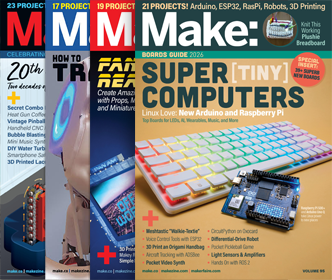I have often opined that truly creative problem solving comes from limiting one’s options, rather than expanding them. Which is why prisoner’s inventions fascinate me so much. (If you’ve not had a chance to browse Angelo’s Prisoners’ Inventions book, BTW, I highly recommend it–it’s not about shivs or improvised weapons, but about how prisoners make game pieces, heat water, control the climate in their cells, etc., etc. using only the odds and ends they are permitted by, or can slip past the attention of, the state.) Compare an object like this prop handgun, which was reportedly used by John Dillinger in his escape from the Crown Point, Indiana Jail in 1934, to, say, a modern-day toothbrush handle, or a Nike sneaker, designed by a professional working with a CAD-CAM system, industrial machine tooling, and a smorgasboard of rainbow-colored polymers and elastomers, most of which add no functional value at all, and are employed just to make a product stand out from competitors on the shelf. Granted, an escaping prisoner and a product designer have wildly different goals, but if asked “which is doing more creative, original problem-solving,” I know how I’d answer.









